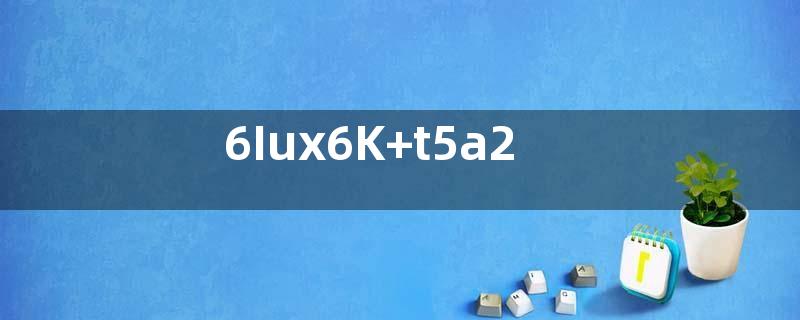英语学习:雅思小作文范文训练技巧

-
理解题目要求:仔细阅读题目,确保你理解了需要描述的图表类型和内容。
-
概述(Overview):在文章开头写一个概述,概括图表的主要特点或趋势。但不要在概述中提供具体数据。
-
分段:将文章分成几个段落,每个段落描述图表的一个方面。例如,如果图表显示了多个国家的数据,可以按国家分段。
-
使用比较和对比:比较不同组之间的数据,指出相似之处和差异。
-
使用描述性语言:使用描述性词汇和短语来描述趋势、变化和比较。
-
使用数据:在描述中适当使用数据来支持你的观点,但不要罗列数据。
-
使用连接词:使用连接词来连接句子和段落,使文章流畅。
-
使用多种句型:避免使用重复的句型,使用不同的句型来增加文章的多样性。
-
避免重复:尽量避免重复使用相同的词汇或短语。
-
注意时态:通常使用一般现在时来描述图表,除非图表中的数据是过去的。
-
注意语法和拼写:确保语法正确,拼写无误。
-
练习:多练习不同类型的图表写作,以提高描述和分析能力。
-
审题:在写作前,花时间仔细审题,确保你对图表的理解是准确的。
-
时间管理:在考试中合理分配时间,确保有足够的时间完成小作文。
-
检查:在提交前检查文章,修正任何错误。
下面是一个雅思小作文的范文示例:
Task: The chart below shows the percentage of people in different age groups who used the internet in the year 2000 and 2010.
范文: The chart illustrates the percentage of internet users across various age groups in two different years, 2000 and 2010. An overview of the data reveals a significant increase in internet usage across all age brackets over the decade.
In 2000, the age group with the highest percentage of internet users was the 20-29 group, with 55% of the population using the internet. The 30-39 age group followed closely with 50%, while the 40-49 group had a slightly lower usage rate of 45%. The 50-59 and 60-69 age groups had similar percentages, both around 35%, and the oldest age group, 70 and above, had the lowest usage rate at 10%.
By 2010, there was a considerable rise in internet usage across all age groups. The 20-29 age group saw the most dramatic increase, with 90% of the population using the internet. The 30-39 and 40-49 age groups also experienced significant growth, reaching 85% and 80% respectively. The 50-59 age group nearly doubled its usage rate to 65%, and the 60-69 age group increased to 50%. The oldest age group, 70 and above, saw the smallest increase but still managed to double its usage rate to 20%.
In conclusion, the chart clearly demonstrates a substantial growth in internet usage among all age groups between 2000 and 2010, with the younger age groups showing the highest percentages and the greatest increases.
以上范文展示了如何写一个结构清晰、语言准确的雅思小作文。通过练习,你可以提高自己的写作技巧,并在雅思考试中取得更好的成绩。
相关文章
- 英语学习:雅思小作文范文训练技巧
- 英语六级作文3篇:个人情绪管理的技巧
- 历史上的今天 ‧ 蒲松龄诞辰,聊聊《聊斋志异》
- 高考期间,家长爱穿旗袍,旗袍的英语怎么说?
- 今日芒种·芒种的英语怎么说
- 英语阅读:为什么穿着颜色鲜艳的衣服可能会吸引更多虫子?
- 如何应对英语学习中的困难?
- 实习生的英语怎么说?
- 300字初中英语作文5篇 :Friendship 友谊
- 英汉双语散文:Simplicity 简单
- 100字、150字、200字、250字、300字英语作文5篇: The Most Beautiful Place I've Seen
- 英语六级作文3篇:如何培养批判性思维
- 拉尼娜现象在英语中被称为 La Niña
- 历史上的今天 ‧ 曹雪芹诞辰,聊聊《红楼梦》
- 描写变色龙的英语例句
- 英语阅读:熬夜真的会损伤大脑
- 350字中考英语作文3篇:你理想中的假期是怎样的?
- 100字、150字、200字、250字、300字英语作文5篇: A Scary Night
- 250字英语作文4篇:讨论节约用水的重要性
- 英语四级作文3篇:城市化对环境的影响